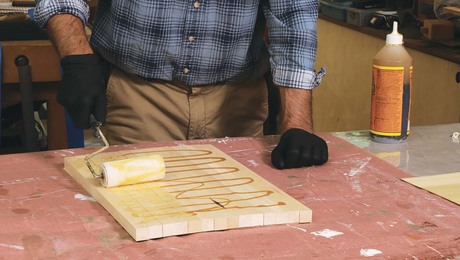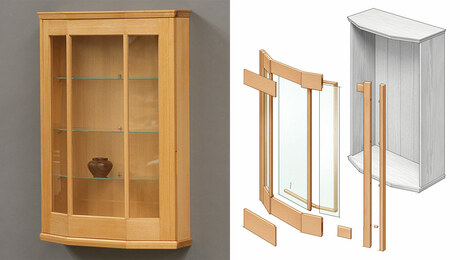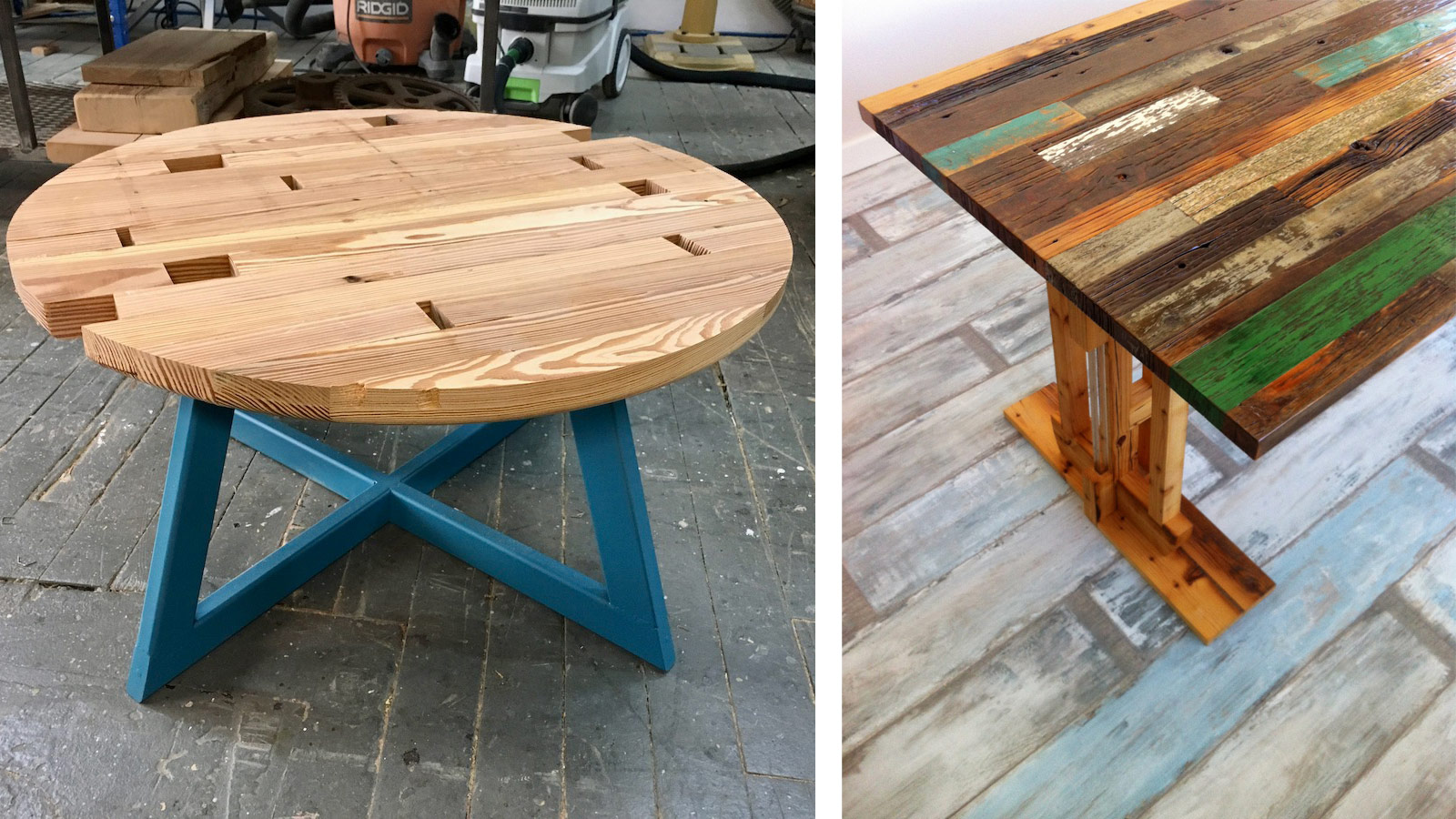Wooden Art Gifts and Russian Painting in Online Art Store
Originally Khokhloma wood tableware was produced in monasteries and for the czar court only. At that time Khokhloma tableware production was not large scale. It was because of expensive imported tin. In the 1720s after the end of the North War tin flow to Russia increased. The price went down and the material came within reach of many masters. The production and sales of brightly painted handmade artworks expanded.
Thus in the XIX century items with khokhloma paintings were famous not only in Russia but in Persia, India, the Middle East, the USA, and Australia as well. The export of khokhloma items grew after the worldwide exhibition in 1889 in Paris.
In 1916 Nizhegorodskoye Zemstvo established the first School for Wood-Working Arts and Crafts in Semyonov. The folk arts and folklore flourished in the Volga region near Nizhny Novgorod province. No other territory in Russia could equal it in the number and originality of the folk arts and crafts that had sprung to life and were developed in the local communities. The Khokhloma art painting on wooden tableware is the type of Nizhny Novgorod folk art craft that became most popular in Russia and foreign countries.
The “grass-leaves” decorative ornaments and their peculiar color scheme suggest that the Khokhloma art is rooted in the ancient Russian decorative culture while the imitation of gilt ornaments on wood dates back to the medieval Russian handicraft skills. The painting technique has been somewhat upgraded but remains essentially the same as in ancient times.
Khokhloma Russian painting amazes you with its delicate grass pattern and festive coloring, which is based on a combination of scarlet cinnabar and flittering gold against the black lacquer background. This is Khokhloma specific feature. Masters used tin powder and lacquer to obtain such gold color. Now they use aluminum powder.
First, the art cookware is shaped on a lathe from dried lime wood, which is turned into bowls, vases, mugs, dishes, and spoons.
They are dried and covered with red and brown primer so that they start looking like earthen. The unpainted articles are now coated with drying oil. Next, they are polished with powdered aluminum. They become dull and shining, like silver, and go to the painting division. Painted articles are then varnished and hardened in ovens at the temperature of 120-130 degrees. The heat turns the varnish yellow, the “silver” into “gold” and mellows the vivid design with an even, golden tone.
The Khokhloma dishes, cups, and wooden drink pots were used for serving food at holiday feasts. The wooden tableware used at the Moscow house of an important statesman had to look valuable; accordingly, they were modeled on the rich painted plates decorated with real golden fabricated by the jewelers for the luxurious homes of the Russian nobility.
Thanks to the special varnish and high-temperature processing they are quite practical and safe in use. You can drink and eat using this Khokhloma tableware because such wares are not sensitive to cold and hot, salty, and sour food.
Apart from Khokhloma art presents of tableware, most visitors to Russia will have at least one set of Matrioshka dolls in their luggage. These dolls within dolls have long been a source of fascination. The undoing of the main doll to reveal others almost ad-in-finite has always produced wonderment and appreciation for the woodcrafts art.
Examples of beautiful Khokhloma wood art presents, are Paleh and Mstera lacquered miniatures you can look at at the art store online site. It is amazing that what started as a true folk tradition over 300 years ago is still thriving and remains true to its roots, albeit on a more organized scale.




